EPO Central Limitation v National Proceedings
June 19, 2021
The interplay between EPO and national proceedings may take various forms. The Technical Board of Appeal revoking a European Patent during European-wide litigation is one of the more dramatic examples. The EPO’s stay of the grant of an application following an entitlement claim (an ‘entitlement torpedo’) another one. And then there is the central limitation procedure…
According to Article 105a EPC the patentee can request the EPO to limit a European Patent by an amendment of the claims. Article 68 EPC determines that a European Patent shall be deemed not to have had “from the outset” the rights conferred by the patent to the extent it has been limited in the limitation proceedings. These three words, “from the outset”, are words that matter in national proceedings. The long lasting proceedings between High Point and KPN before the Dutch courts show why.
There...
To – not so briefly – summarize 12 years of litigation (well, part thereof):
In 2009 KPN filed a nullity action with District Court The Hague as regards High Point’s patent for a “Wireless access telephone-to-telephone network interface architecture”. High Point responded with an infringement action. The court nullified the patent, and dismissed the infringement claim, in 2010.
On appeal before the Court of Appeal The Hague, High Point filed a deed limiting the patent’s claims. This was done after KPN had already filed its defense statement against High Point’s statement of appeal. In a 2015 interlocutory judgment the CoA refused the deed (and thus the limited claims) on the basis of the so-called ‘two conclusion rule’. This national procedural rule prescribes, in short, that in appeal proceedings an appeal statement and defense statement are filed, and (therewith) puts a limitation on when appeal grounds/defenses can still be submitted. In view of this due process rule, the CoA refused the limited claims, and decided that the proceedings should be continued on the basis of the patent in the form in which it was granted and several auxiliary requests filed with High Point’s appeal statement.
High Point’s supreme appeal against the interlocutory decision was rejected by the Supreme Court on 13 September 2017. The case was referred back to the CoA to continue the appeal proceedings.
High Point informed the CoA in October 2017, that during the supreme appeal proceedings, the EPO had limited the patent in central limitation proceedings (on 7 September 2017).
The CoA, despite the central limitation having effect “from the outset” (ex tunc), did not substantively consider the limited “B3” version. The CoA considered that, in view of the central limitation, the originally granted “B1” version no longer existed and, in view of article 68 EPC, should be regarded as never having existed in that broad form. The District Court’s decision that the patent in the broad – B1 – form was invalid, should therefore be upheld. The CoA considered High Point’s argument that the patent is valid in the centrally limited form to be contrary to due process. In short, the centrally limited claims were considered almost identical to the limited claims which the CoA had refused before, while the supreme appeal against this refusal was dismissed. Allowing a debate on the validity of the B3 version, would effectively circumvent this supreme decision. High Point was (still) too late to start this debate. According to the CoA, the right conferred on High Point by the EPC to limit its patent centrally does not preclude national procedural law restrictions on the reliance on a central limitation of a patent.
High Point appealed the CoA’s decision to the Supreme Court, again. In a February 2020 judgment, the Supreme Court dismissed High Point's appeal (decision in Dutch available here). Interpreting Articles 68 and 105a-105c EPC in view of articles 31-32 of the Vienna Convention, the Supreme Court, inter alia, considered that the wording of these EPC provision does not suggest that the right conferred on the patent proprietor to apply for a central restriction of his patent precludes the national court, in proceedings pending before it, from disregarding an application for such a central restriction on the ground that it is contrary to the requirements of due process. The context of these provisions, and object and purpose of these objections, do not point in a different direction. Moreover, the history of the drafting of Articles 68 and 105a-105c EPC show that the central restriction procedure before the EPO could coincide with proceedings before the national court concerning the validity of that patent. It was noted that the central limitation procedure does not take precedence over the national procedure, and that it is national procedural law that determines whether proceedings pending there must be stayed or may continue. The European limitation procedure does not take precedence over (nullity) proceedings before national courts and is not exclusive. Also, in other EPC contracting states it is accepted that national procedural law determines whether reliance on a centrally limited patent is admissible in already pending national proceedings.
One of High Point's complaints before the Supreme Court was that the CoA confirmed the District Court's decision without a substantive assessment of the validity of the centrally limited patent, (arguably) resulting in the nullification of that limited patent without the District Court or CoA having assessed its validity. In response the Supreme Court considered as follows (emphasis added):
“This complaint rightly takes as a starting point that only the assessment of the validity of the patent in its broader form [the patent as granted - author] was presented to the district court, but overlooks the fact that the court of appeal disregarded High Point's reliance on the central limitation of the patent on account of a violation of due process, which means that the court of appeal - just like the district court - did not get around to a substantive assessment of the validity of the patent in its limited form [the centrally limited patent - author]. The upholding of the district court's judgment is based on the consideration of the court of appeal (in section 2.2), which was not contested in cassation, that the patent in its broader form must, in view of art. 68 EPC, be deemed never to have existed, so that the final judgment of the district court on the invalidity of the patent in its broader form must be considered correct. It does not follow from the foregoing - contrary to what the complaint assumes - that the District Court or the Court of Appeal has nullified the patent in the limited form on the grounds of an assessment of the contents. The fact that High Point cannot rely on the patent in its limited form in these proceedings is therefore not the result of a substantive assessment and nullification of that patent, but merely arises from the procedural course of events in this case, in particular the time at which High Point invoked the central limitation of the patent. This does not affect the fact that both High Point and KPN are free, in principle, to still subject the validity of the patent in its limited form to a substantive assessment in new proceedings. Therefore, the complaint cannot lead to cassation.”
In other words: the CoA did not rule on the validity of the centrally limited patent. As a consequence, the centrally limited patent was not invalidated.
...and Back Again
The Supreme Court's ruling opened up a new chapter in the litigation: in August 2020 High Point filed a new action against KPN with the District Court on the basis of the (limited) B3 version of the patent, claiming a declaration of infringement and damages (no injunction: the patent expired in 2012).
KPN requested High Point’s claims to be declared inadmissible/denied. KPN, in sum, argued that the B3 version did not enter into force for the Netherlands because before EPO’s central limitation on September 7, 2017, the B1 version was annulled by the District Court in 2010. This invalidation has direct effect on condition that the judgment becomes final in due course. This condition had been fulfilled, as the CoA upheld the 2010 District Court decision, while the supreme appeal was dismissed. The 2010 decision should therefore be considered res judicata in these new proceedings between the parties.
The District Court, in a May 12, 2021 decision, dismissed KPN’s request (decision in Dutch available here). The District Court considered that the condition mentioned by KPN is a suspensive condition. As long as the judgment has not yet become final, the patent still exists, but only its legal effects cannot be invoked. The 2010 decision has indeed become final, but considers the B1 version. However, at the time of the central limitation the patent had not yet been (finally) invalidated. Therefore, the doctrine of res judicata does not mean that it is also settled between the parties that the CoA, by upholding the 2010, has also ruled that the B3 version is null and void. The Supreme Court explicitly considered in its 2020 judgment that the Court of Appeal did not express an opinion on the content of that limited patent. The proceedings based on the B3 version will therefore continue.
The District Court considered that it would be undesirable and economically disadvantageous for the parties to have to spend time and money on conducting a substantive patent law debate if at a later point in time the CoA, or, however unlikely, the Supreme Court, might have a different opinion on the admissibility of High Point's claims in these new proceedings. Therefore, the District Court granted the right to an interim appeal, which appeal may be brought directly before the Supreme Court.
The story therefore continues, in one way or another...
The author’s firm represents High Point in this case.
You may also like





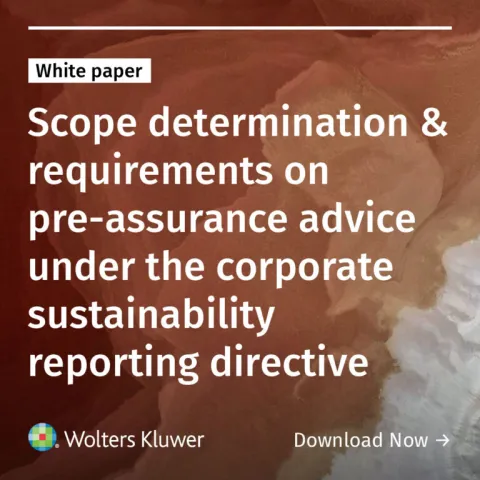

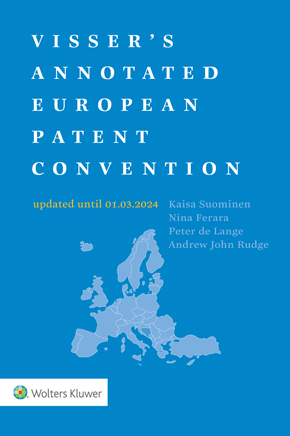
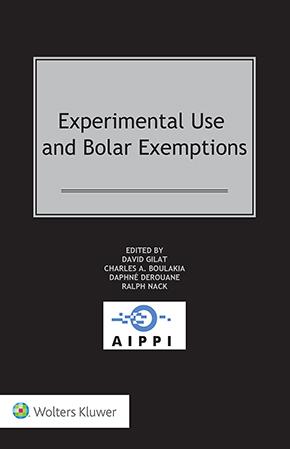

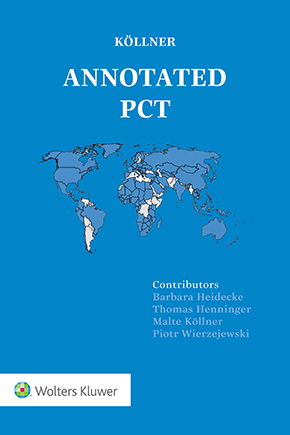

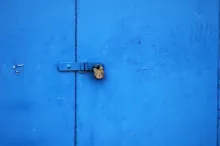

Notorious Attorney
Thankyou for sharing this very interesting case. It shows once again the devastating consequences of the EPO granting patents which aren‘t valid, and how a patentee can continue to uphold the status of legal uncertainty. In my humble opinion, a claimant who decides to enforce his patent and fails, should not be allowed a second shot with a limited version thereof.
Attentive Observer
It is interesting to note that the problem will occur as well with the UPC, should it ever come. Facing a nullity action nothing withholds the proprietor to seek a limitation. At least the problem is solved at the EPO. In case of an opposition the proprietor is bared from limiting his patent. Any limitation could only be filed during the opposition procedure!
MaxDrei
What I'm looking for is a balance between the legitimate interests of the patent owner and those of the Party accused of infringement. I like to think that the courts in The Netherlands will find whatever balance the law allows them to find. There is in English law a concept called "equity" meaning "fairness". It is available, for example, to refuse a patent owner an amendment to the patent, when the petition to amend is filed carelessly, mischievously, disingenuously or unfairly late. What constitutes "too late"? The court of equity decides that. But if the EPC is written in such a way that it's never "too late" for the patent owner to narrow the patent, no matter how egregious its behaviour or litigation tactics, then this is the sort of mischief that patent owners and their zealous lawyers will inevitably plot and execute, as a matter of course, if that's what it takes to win the case. BREXIT is a disaster, and let's not dwell on the UK PM, the "Irish Question" and reneging on an International Agreement signed only months ago, but one good thing about Brexit is that the English courts will henceforth have more freedom to administer The Rule of Law equitably. And that's very important for public acceptance of the Rule of Law, in any jurisdiction.